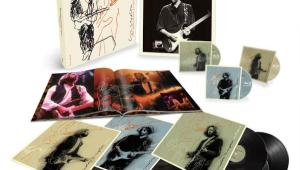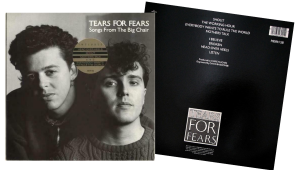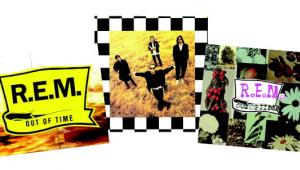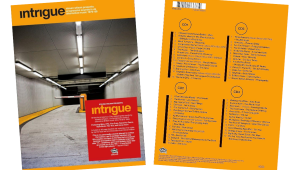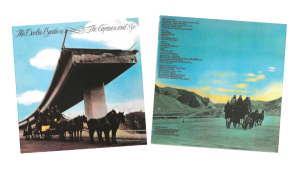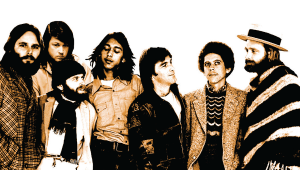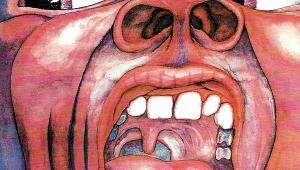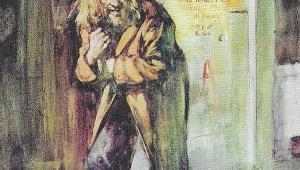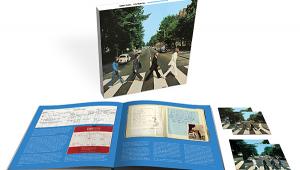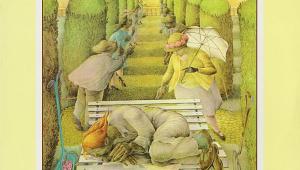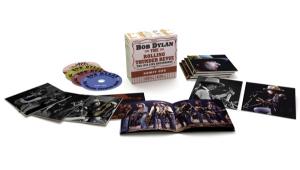Horn of Plenty: Miles Davis Page 3
The most puzzling cliché about Davis might be the idea that only his context changed when he turned up the volume; his trumpet style supposedly stayed the same. This is nonsense. Early in his career, Davis was typecast as a player who made the most of a limited technique. In the mid-1960s, he became a near-virtuoso as he gradually discovered his upper register and began to pack his solos with more notes; just listen to "Mademoiselle Mabry" from the Silent Way box. But by the time he played the Fillmore, whether due to health problems, a bad lip, or a belief that an adjustment was called for in response to greater volume and punchier rhythms, he had simplified his approach, playing shorter phrases and delivering them with the quacking staccato of an angered duck.
Still, though musically uneven and poorly recorded, with much unintended high-end distortion, the Fillmore double is as historically significant a document as the Silent Way box. Recorded on Wayne Shor ter's last night with Davis's band, it finds the saxophonist and his leader trapped between worlds. The first of the two complete sets ends with the two horns playing a taunting version of the public-domain bebop theme with which Davis and other bandleaders often closed their sets beginning in the late 1940s. It's Davis's way of saying goodbye to all that. "This isn't your father's jazz," he seems to be telling the young audience nervously waiting for the night's top-billed performers: Steve Miller and Neil Young. But it wasn't exactly anyone's idea of rock & roll either. Applause rises up every time the band breaks into something resembling a boogie, and you can almost hear the sighs of relief. It's the stuff of great drama, and it makes for suspenseful listening, even though we already know the ultimate outcome for Davis and Shorter and many of the other sidemen here and on the Silent Way box. Of all the trails blazed by Miles Davis, fusion turned out to be the only dead end.
Francis Davis - not to be confused with Frances Davis, the first wife of Miles - is a longtime contributor to this magazine. He has just been named a senior fellow of the National Arts Journalism Program at Columbia University in New York City.
- Log in or register to post comments

